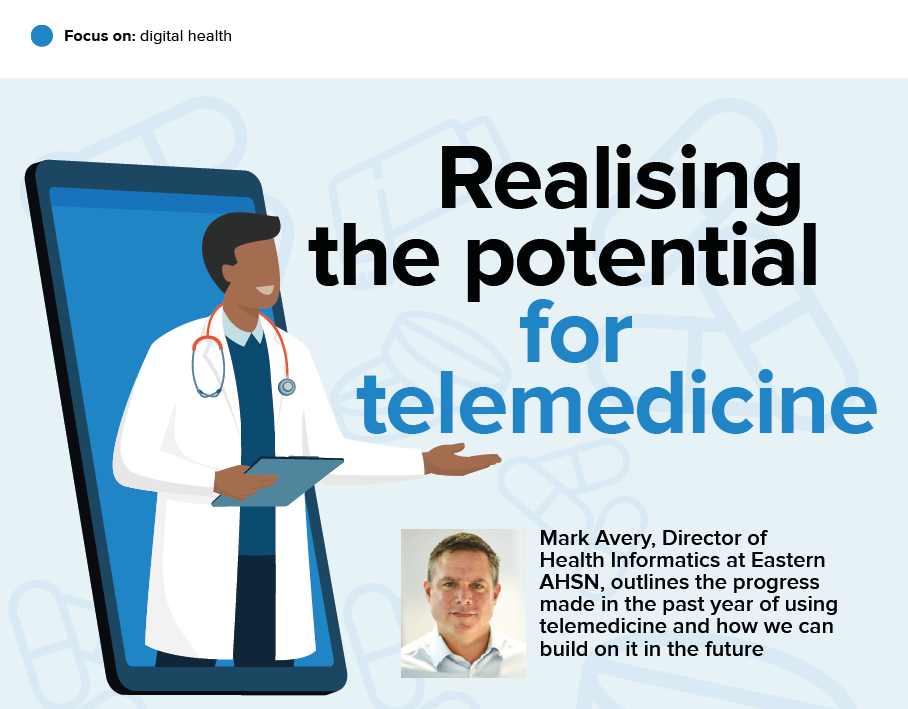Insight
There are more than 100,000 strokes in the UK each year causing 38,000 deaths, making it the fourth single leading cause of death in the UK and the single largest cause of complex disability1, 2. Stroke incidence is projected to increase by 59% over the total 20-year period 2015 to 20353. Research estimates that a typical stroke patient will lose 1.9 million neurons or brain cells each minute a stroke goes untreated5, meaning it is vital that strokes are diagnosed and treated as quickly as possible.
In addition to the significant impacts on individuals who suffer a stroke and their families, there can be substantial health and social care service implications. The current UK annual societal cost of stroke is £25.6 billion4.
The NHS Long Term Plan includes a national focus on cardiovascular disease and stroke care. This includes the scaling of technology to assist the expansion of life-changing treatments to more patients. National guidelines state that the role of ambulance staff (paramedics) is to identify those patients who show signs of stroke and transport them to a hyper-acute stroke unit as soon as possible.
“As first responders, the ambulance service play an important role in identifying a suspected stroke and getting patients to the right hospital as quickly as possible.” – Stroke Association6
However, a significant number of patients, up to 17% to 34% presenting as strokes are actually stroke mimics – any condition which presents with stroke-like symptoms but is actually a different condition, such as ‘mini’ strokes (Transient Ischaemic Attacks), migraines, seizures, sepsis or dementia. These mimics often mean that patients are transferred to hospital unnecessarily7, 8.
Intervention
The Digital Pioneer Programme was one of eight initial projects aimed at improving the use of digital technology in the NHS across the East of England. The overall aims of the project are to provide new, more efficient ways to treat, monitor and keep clinicians connected to patients and form part of the region’s sustainability and transformation partnership (STPs) plans. One focus of this was improving the use of telemedicine in healthcare services.
Telemedicine refers to the use of digital technology to enable clinicians to deliver care remotely. The Paramedic Stroke Telemedicine Digital Pioneer Project was a feasibility study aimed at exploring the use of a videoconferencing telemedicine app, developed by Visionable to connect paramedics easily and rapidly with a stroke consultant to support the pre-hospital diagnosis of suspected stroke patients. This project is an extension of the East of England Stroke Telemedicine Partnership, which utilises the same software to link emergency care? out of hours to a stroke consultant across seven hospitals in the region.
Within the pilot, twelve registered paramedics from the East of England Ambulance Service NHS Trust (EEAST) received additional hyperacute stroke education and training on using the videoconferencing app on mobile devices, which connected them to one of two stroke consultants based at Ipswich Hospital.
Health Innovation East provided funding for the backfill of the paramedics’ time whilst they participated in the training as part of their preparation for the project.

Impact
The project successfully identified 15 stroke mimics, but this sample was smaller than expected due to challenges in being able to send the trained paramedics to cases of suspected stroke where there were other teams closer to the patient, or where the 999 dispatchers didn’t know which teams had been trained to use the stroke telemedicine solution. In 2020, a feasibility study based on the pilot led to Health Innovation East funding a broader economic evaluation by the University of East Anglia (UEA) using data around stroke pathways in the region.
The economic evaluation found that integrating telemedicine services improves thrombolysis rates in out of hours acute stroke care. It also found with an incremental gain in Quality Adjusted Life Years (QALYs) as well as reduced costs for both the NHS and Social care. Total NHS cost savings compared to usual care were estimated at £482k and £471k at the end of 1-year and 5-years respectively.
“I think this is a very good idea, it saves time for the consultant and better for the patient. The ambulance crew were extremely helpful.” – patient feedback
The preparatory study day for the paramedics was also highly evaluated; one paramedics commenting “Thank you – very grateful to have gained extra knowledge. Delivered at an appropriate level for us”
Dr Rahman Chowdhury, Stroke Consultant at Ipswich Hospital said: “It will make sure that every patient receives the right treatment in the right setting to meet their needs, while ensuring that only those people who really need hospital care are brought onto our wards”
The lessons learned from the pilot and UEA evaluation have been valuable in developing the technology and pathway. EEAST is exploring funding options to scale this project across the East of England as part of the Stroke Telemedicine Partnership’s out of hospital stroke telemedicine service. This will involve linking hospitals across the region through online clinics based on the Attend Anywhere video consultation platform that EEAST are using to provide other online clinical services to the paramedics. This will allow the paramedics to see the online availability of stroke consultants at each hospital through a web-based service which will be accessible from any device – android or smartphone.
Each stroke consultant within the Stroke Telemedicine Partnership has received additional training on using the online clinic approach. They are also moving to a more flexible call-forwarding service to manage the calls alerting the stroke consultant to a potential stroke mimic patient.
The programme was a runner up in the 2020 NICE Shared Learning Awards.
In December 2020, EEAST announced an investment of £25m to provide every frontline member of staff issued with an iPad so that they can access a brand new electronic patient care record (ePCR) system quickly and easily while on the road. This presents an opportunity to further integrate telemedicine solutions into frontline services.
Read the economic evaluation now
Read the economic evaluation by the University of East Anglia (UEA) using data around stroke pathways in the region funded by Health Innovation East.
To find out more about the East of England Stroke Telemedicine Partnership, contact Lynda Sibson, Telemedicine Manager at lynda.sibson@nhs.net.
You can also find out more by reading this article on www.telecareaware.com.
References
- Stroke Association (2018) State of the nation: Stroke statistics. Available from: https://www.stroke.org.uk/what-is-stroke/stroke-statistics
- NICE (2019) NICE Impact Stroke. Available from https://www.nice.org.uk/guidance/ng128/resources/stroke-and-transient-ischaemic-attack-in-over-16s-diagnosis-and-initial-management-pdf-66141665603269
- King D, Wittenberg R & Patel A et al (2020) The future incidence, prevalence and costs of stroke in the UK. Age and Ageing, Volume 49, Issue 2, March 2020, Pages 277-282, Available at https://academic.oup.com/ageing/article/49/2/277/5707457
- Patel A, Berdunov V, Quayyum Z, King D, Knapp M, Wittenberg R. Estimated societal costs of stroke in the UK based on a discrete event simulation. Age and Ageing (In press)
- Saver, J.L. (2006). ‘Time is Brain – Quantified’. Stroke, 37 (1), pp. 263-266.
- The Stroke Association: What we think about Ambulance response to stroke
- Gibson LM, Whiteley W. The differential diagnosis of suspected stroke: a systematic review. J R Coll Physicians Edinb 2013;350:h56.
